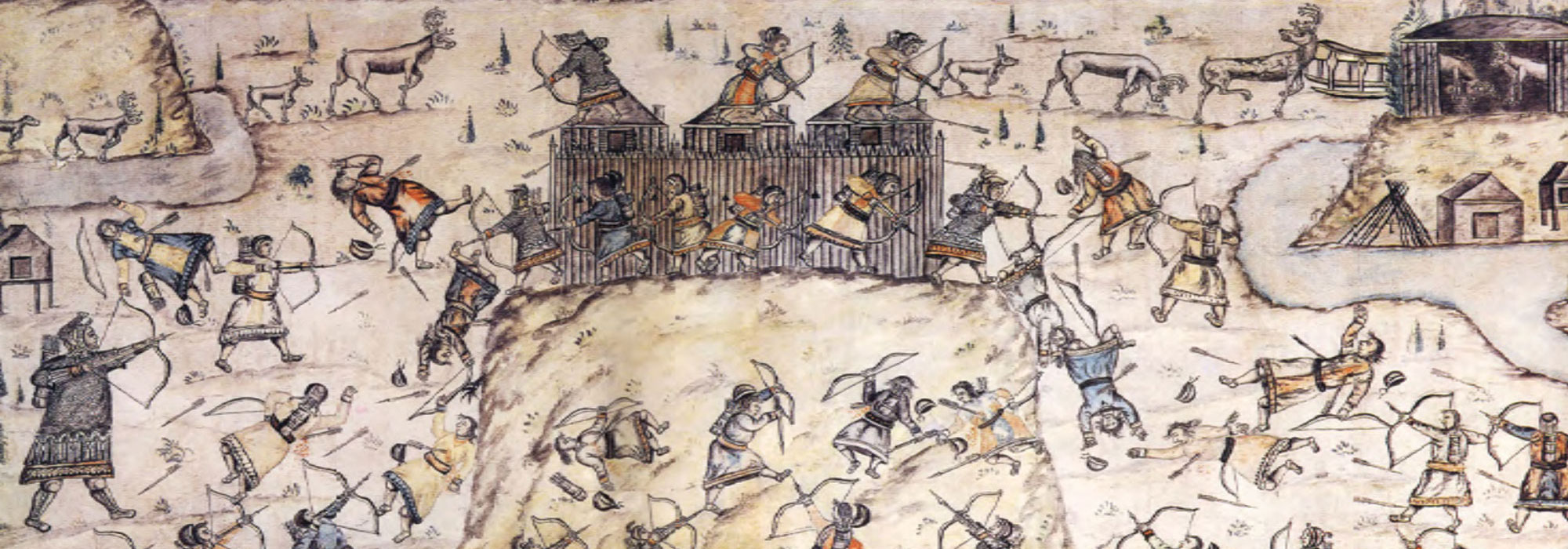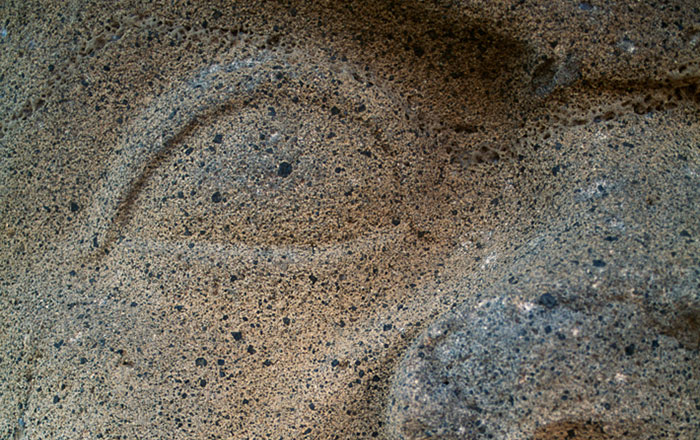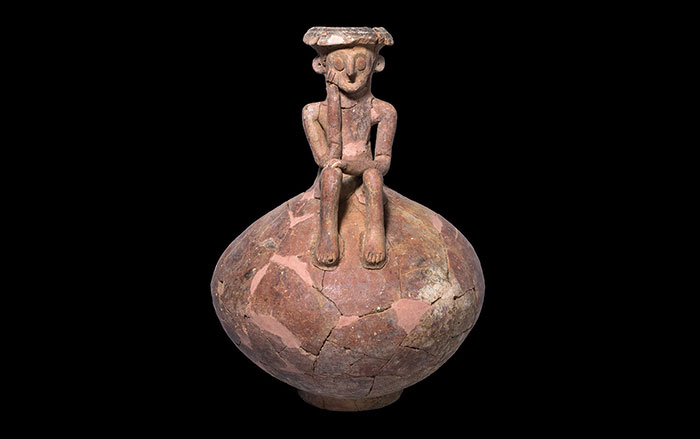
SHEFFIELD, ENGLAND—ZME Science reports that scientists from the University of Sheffield examined the possible origins of agriculture by analyzing the sizes of the seeds of a range of crops thought to have been domesticated thousands of years ago. According to Colin Osborne and his team, the size of the seeds would not be directly affected if hunter-gatherers selected vegetable plants for their food value—leaves, stems, roots, or fruit. Changes in these seed sizes could have been the result of natural selection acting on cultivated crops, or genetic links between seed size and other plant characteristics such as the overall size of the plant, or the size of the crop yield. The researchers found that the seeds of seven vegetables did get bigger due to domestication, even in the case of crops such as sweet potato, which is propagated with tubers. Osborne noted that the sizes of grains, lentils, and beans, where the seed is eaten, were significantly larger than the seeds of vegetable crops. He also suggests that early changes to crops raised by the first farmers were unintended, and may have been the result of sowing wild plants in cultivated soil and then caring for them. For more on the archaeology of agriculture, go to “Mapping Maya Cornfields.”











